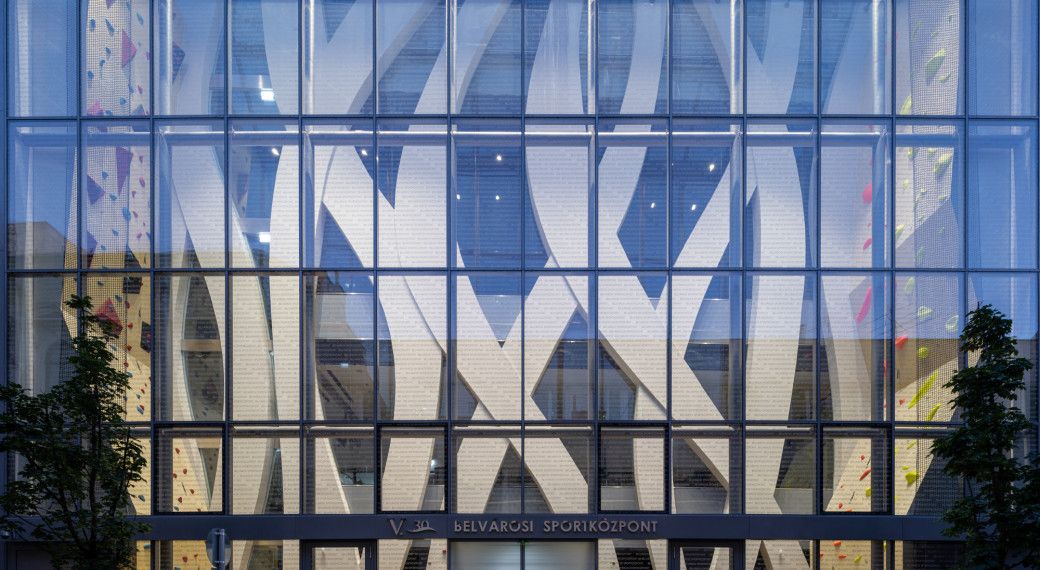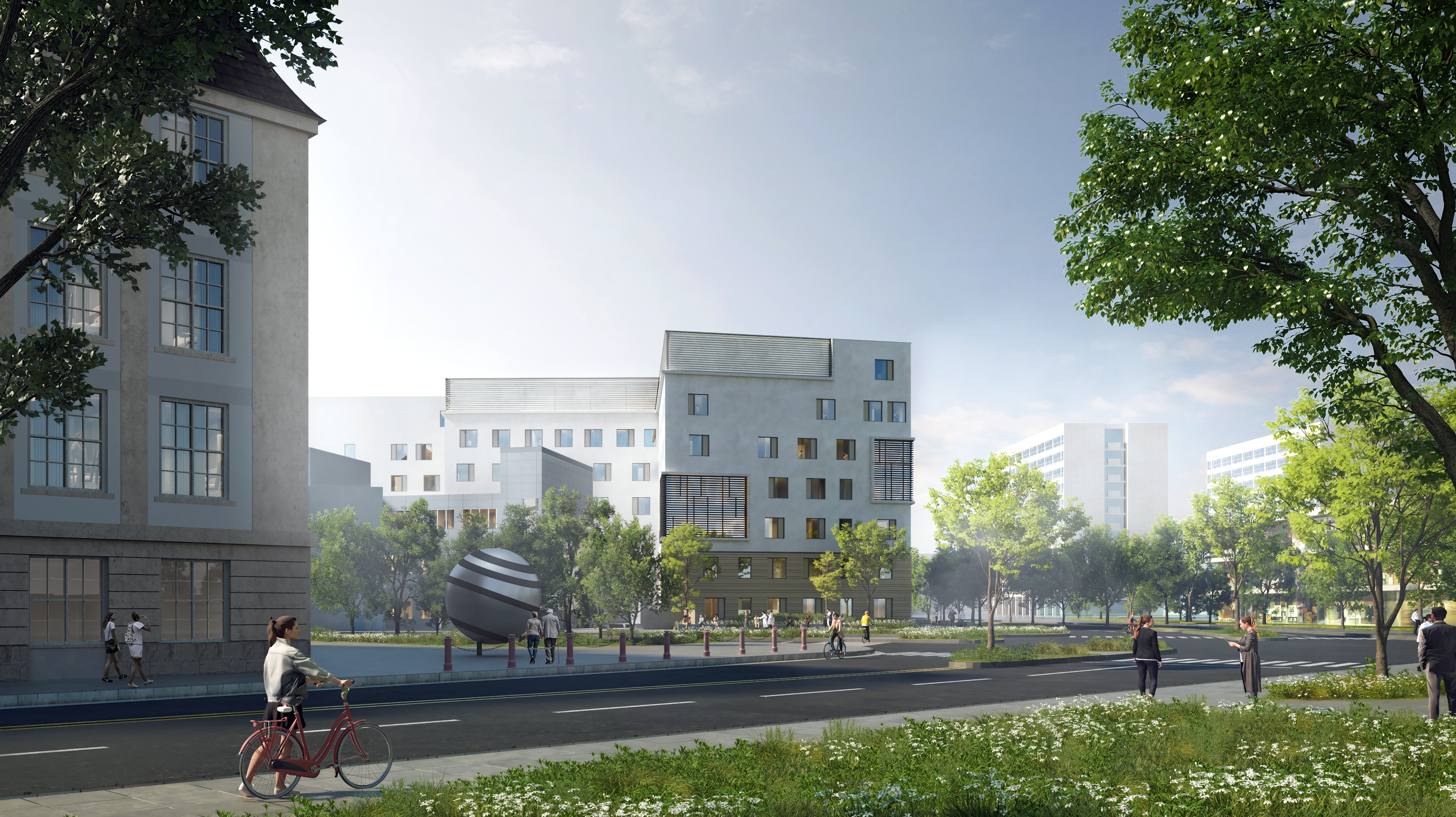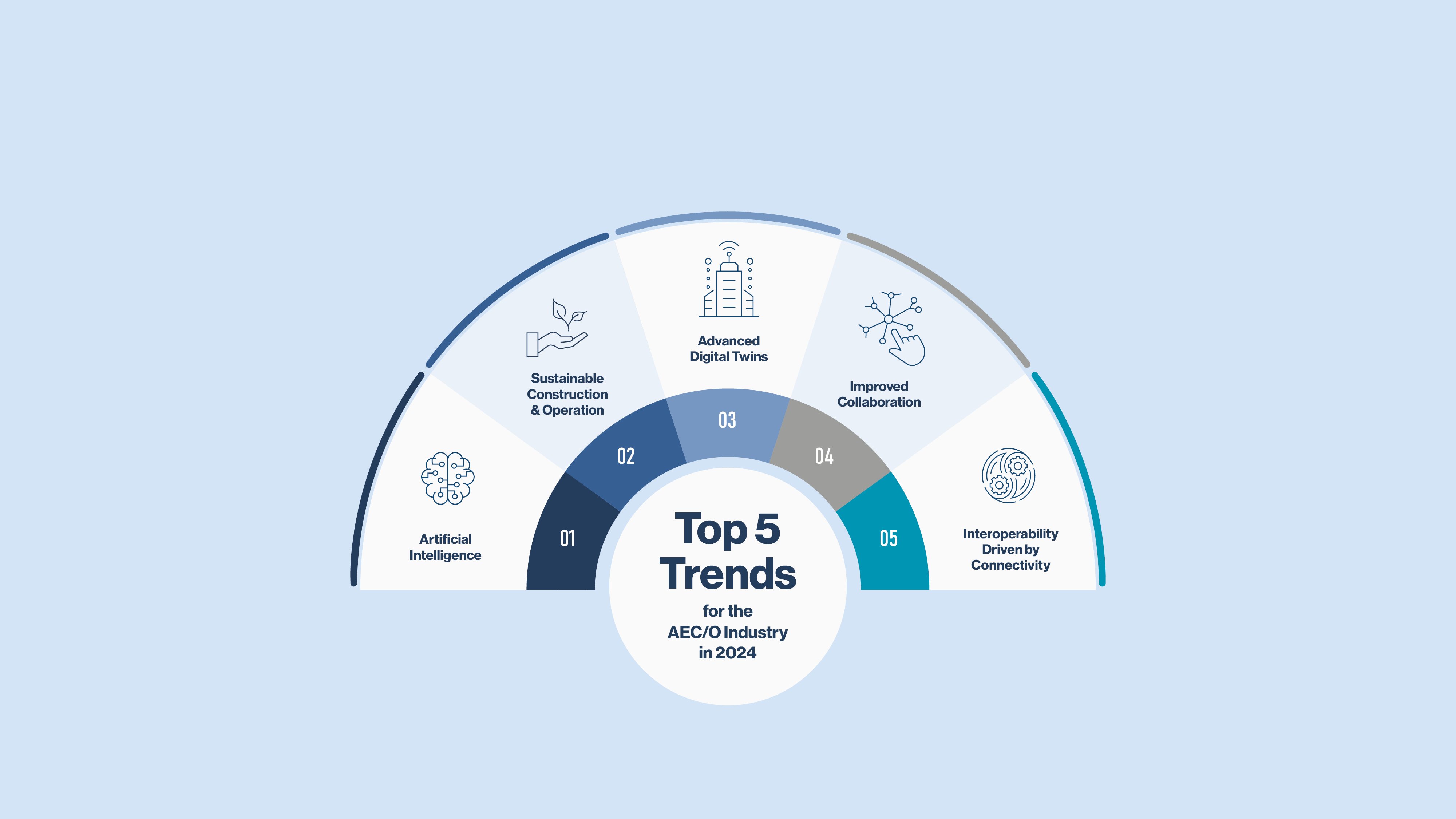The Benefits of BIM in Practice
Building Information Modeling (BIM) is often mentioned as a solution for more efficient work and more cooperation. For KÖZTI Architects & Engineers, BIM is more than just a fad, because BIM offers great advantages to all parties in the AEC/O industry.
Author
Nemetschek Group
This article belongs to the collection OPEN BIM
To the topic pageBuilding Information Modeling (BIM) is often mentioned as a solution for more efficient work and more cooperation. For KÖZTI Architects & Engineers, BIM is more than just a fad, because BIM offers. Add/edit text here
Embracing Open Standards: The Benefits of BIM for Customers and Contractors
Building Information Modeling (BIM) has often been described as the answer to more efficient and collaborative working. Yet for many within the AEC/O industry, there is a skepticism that perhaps BIM is merely the next fad – here today, but quickly gone by tomorrow. For KÖZTI Architects & Engineers in Hungary, BIM has been more than just a client requirement to be fulfilled – the benefits of BIM in practice have been significant. And even more so, BIM provides large benefits for other parties in the construction value chain.
The Landmark Stadium That Changed Everything
In 2013, KÖZTI began designing the landmark Puskás Aréna in Budapest, a large and complex project. It proved extremely challenging in several respects – the large scale of the project, as well as the complexity of combining the historic structure with the new building, and the resulting amount of data that would be required for BIM were particular concerns at the outset. With over 200 people and 30 different contractors involved, as well as the various sub-consultants, constant communication was required to coordinate the works and any changes.
KÖZTI implemented BIM using several OPEN BIM software solutions from the Nemetschek Group, with excellent results. Since then, KÖZTI have fully embraced this digital way of working and have used BIM on every project, not just for their own benefit, but for the benefit of other project stakeholders as well.
How BIM Benefits Clients
The decision to use BIM on the Puskás Aréna project was made by the client, but it had several benefits for them, as well as the project as a whole. With BIM, the client could be kept informed of progress and could view the current model without the need to learn how to use any specialist software. This improves transparency and provides assurance that the project is progressing as planned, providing greater control.
The client also benefits from a better-quality build. Because the 3D BIM model combines all the essential information and data from all disciplines, it is much easier for the project team to eliminate any potential problems before construction begins. This helps reduce the amount of changes required, as well as reduces waste on site and removes potential delays. For example, on the Puskás Aréna project, the need to combine an existing building with a new building could have presented difficulties on site if the two designs didn’t fit as planned, resulting in time delays and cost overruns – but with BIM and 3D modeling, this could be rigorously planned to avoid any issues on site.
When the construction is completed, the BIM model can be used as a basis for operations or facilities management activities as well. Because the model contains all the information about product specifications and performance data, it is a valuable resource for future asset management, refurbishment, and even demolition.

(c) Tamas Bujnovszky, provided by KÖZTI Architects & Engineers

Provided by KÖZTI Architects & Engineers
How BIM Benefits Contractors
Working with a forward-thinking design firm such as KÖZTI has benefits for contractors as well. Having the design as a 3D BIM model enables a wide range of improved planning possibilities to help iron out construction issues prior to starting on site, without the need to manually re-create the model in-house. For example, on the Puskás Aréna project, KÖZTI was able to export just one model and share it with other external project partners using the industry standard IFC interfaces. This not only saves time, but also enables better cost predictions and even improved health and safety on site.
For example, with the 3D model, there is no need to carry out a time-consuming take-off exercise to determine the quantities and costs of the build – these can be quickly derived from the 3D model using automated reports. In addition, the construction sequencing can be planned and simulated in 3D using the model and data to get an accurate forecast of the construction duration. With this information, bids and schedules are more precise with less effort.
Another benefit of the 3D model is the site layout can be meticulously planned for an efficient and safe setup. Different phasing options can be trialed and the impact of temporary works on the site can be better evaluated. Even materials deliveries can be planned more accurately as the state of the partially completed structure at any point in time can be determined using the model. This additional planning can help ensure that the site is safer for workers and ran effectively.
The as-built model can be updated as the works progress, keeping all information together in one central place. Once the works are completed, the as-built model can then be handed over to the client, who can use the model as part of their facilities or operations management of the structure. For more avant-garde clients, having a contractor who uses BIM in these ways can potentially prove to be a deciding factor when awarding contracts.
Embracing Open Standards for Success
The Puskás Aréna project is an excellent example of how BIM has made the process more efficient for multiple project stakeholders. For KÖZTI, the improved communication, collaboration, and coordination that BIM enables has led the company to fully embrace the digital way of working, with the result being better project outcomes. However, the benefits of this working method are not confined to just the architect – an open, collaborative project is much more likely to be successful for everyone involved.





